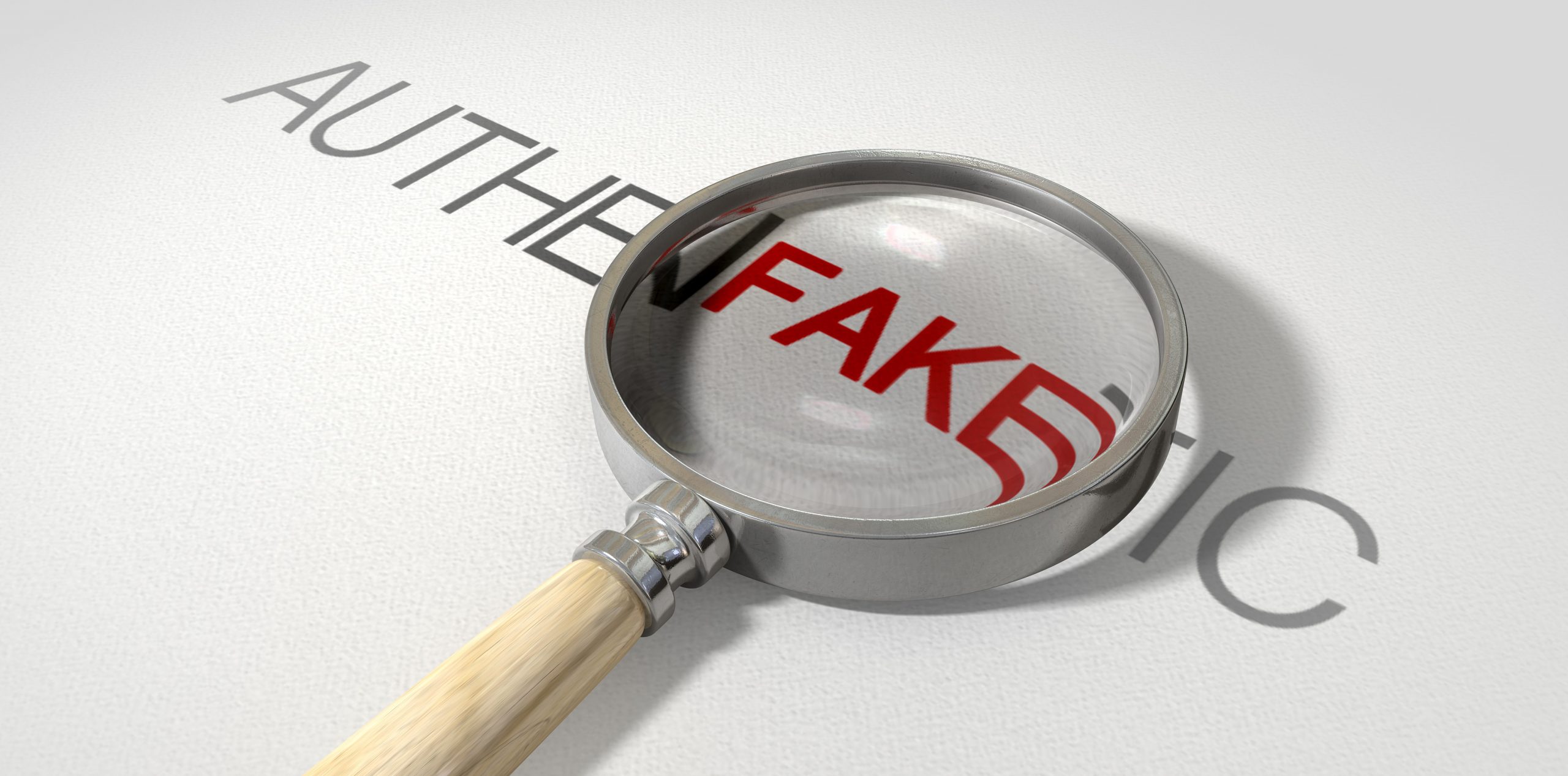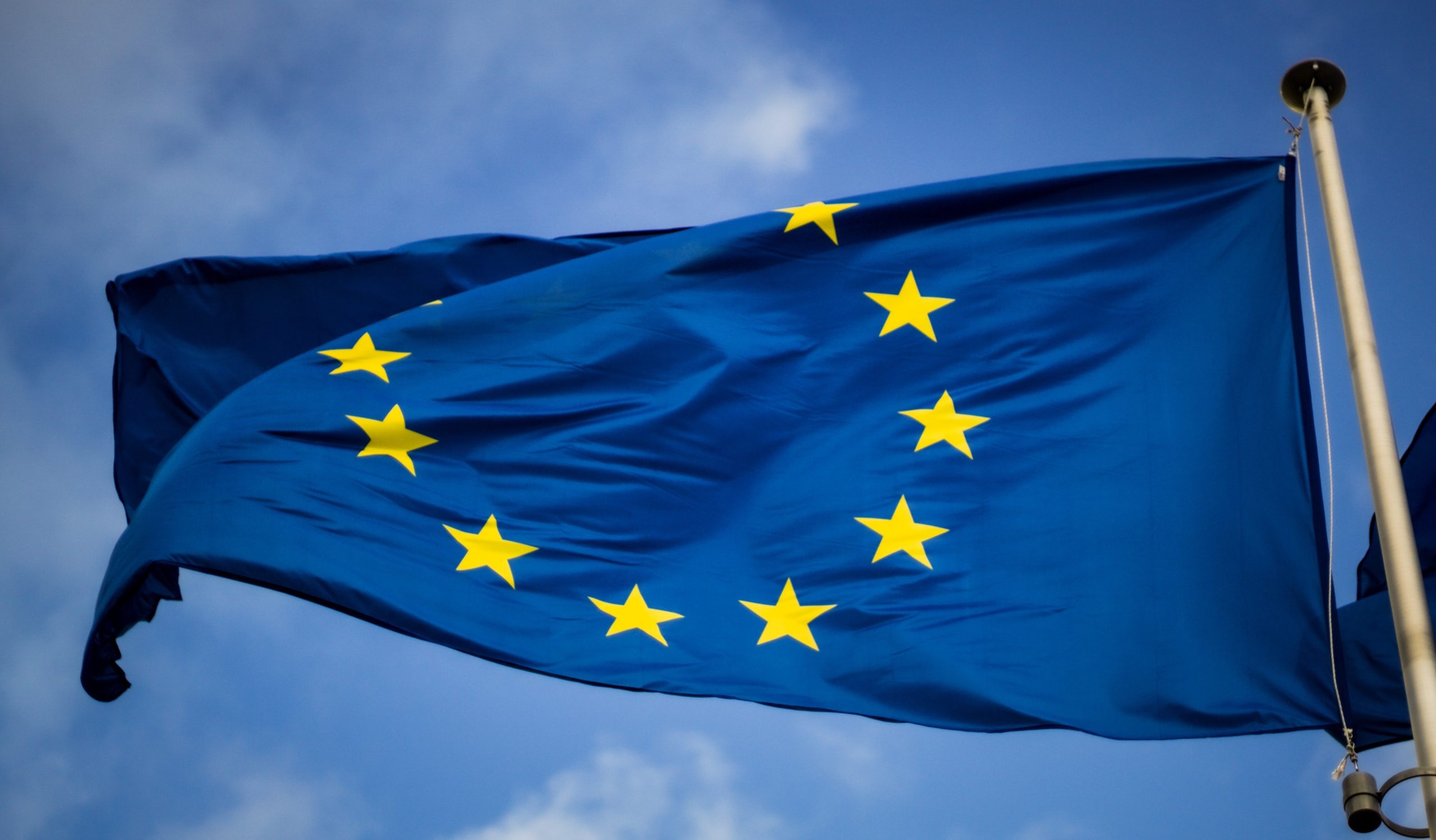The following comment is a reposting of an article first appeared on the blog of the Intellectual Property Law & Technology Programe (IPlogue) of the Osgoode Hall Law School at the url: http://www.iposgoode.ca/2012/06/not-so-fair-dealing-how-access-copyright-is-limiting-access-to-copyrighted-materials/
In light of the recent Quebec student protests (see here), and the support that the protests are gaining nationwide, one might suspect that there would be a general trend towards cheaper education in Canada. However, two recent cases suggest that while that may be the case in the U.S., the same may not be true in Canada.
A recently decided U.S. copyright case (Cambridge University Press v Becker) could have far-reaching ramifications in the realm of educational copyright. Although it was a decision at the District Court level, which is not binding on U.S. appellate courts or any courts outside of the U.S., Cambridge University Press is a definite victory for higher education institutions. The plaintiffs in the case, three publishing houses, asserted that professors at Georgia State University were violating various copyrights held by the publishing houses on several of the publishing houses’ books. The professors made digital copies of selected chapters of the books available for free to their students, since, in many cases, digital copies of the textbooks were unavailable for licensing from the publishing houses, in whole or in part.
As part of its defense, Georgia State argued that the professors’ use of the excerpts fell under “fair use”, which is a legal way to use copyrighted material without infringing on the copyright. In order to determine whether a use is fair use in the U.S., four factors have to be considered: 1) The purpose and character of the use, 2) The nature of the copyrighted work, 3) How much of the work is being copied, and 4) The effect of the use upon the potential market for, or value of, the copyrighted work.
Since Georgia State is a nonprofit, educational institution, and they were using educational material for the purpose of scholarship and research, the judge found that factors one and two weighed heavily in Georgia State’s favour. Factors three and four depended on the particular claim of infringement. Where a professor copied a small enough portion of the text (there is no determinative factor to determine what qualifies as small enough, but the judge held that 10% of the copyrighted work is a guideline), and the work was not available for licensing in the form desired by the professor (in this case, digital), then factors three and four favoured Georgia State; otherwise, the factors favoured the plaintiffs. Taking all of the factors into account, the judge ruled that Georgia State’s use of copyrighted material fell into the category of fair use in 95 out of the 99 instances initially claimed by the plaintiffs.
Canadian courts might not be as sympathetic to the fair use defense, which goes under the name of “fair dealing” in Canada. In Alberta (Education) v Access Copyright, the Federal Court of Appeal ruled that when teachers across the country photocopied materials from copyrighted textbooks for their students, they were infringing on copyrights held by members of Access Copyright. The leading Canadian case on fair dealing, CCH Canadian Ltd v Law Society of Upper Canada, set out the six factors to consider when determining if the use of a copyrighted material is fair dealing: 1) The purpose of the dealing, 2) The characteristics of the dealing, 3) The amount of the dealing, 4) The alternatives to the dealing, 5) The nature of the work, and 6) The effect of the dealing on the market of the copyright owner. As well, the court must determine if the use fell into one of six prescribed categories: research, private study, news reporting, criticism, or review.
One reason for the difference in judgment between the two cases might be the type of dealing: the U.S. case dealt mostly with electronic copies that weren’t commercially available, whereas the Canadian case dealt with photocopies of texts that were commercially available. In Canada, therefore, schools (or students) may be required to purchase entire textbooks, even if they only require a small portion of the book for a particular class. However, despite Access Copyright’s victory at the initial appellate stage, the Supreme Court may still overturn the Federal Court of Appeal’s decision. While the Supreme Court hasn’t yet released its decision, the case was argued in December of 2011, and was reported by IPilogue here.
The eventual implications of these cases won’t be felt until the Supreme Court releases its judgment, and until the U.S. case is tried at a higher level. However, if the Federal Court of Appeal decision is upheld by the Supreme Court, then students across the country might expect to see an increase in the cost of education. Instead of receiving free digital or photocopied resources of small portions of a book under the “fair dealing” use of copyrighted material, students will be required to purchase entire textbooks or reference works. Finally, Bill C-11 (covered by IPilogue here, here, and here), will add education as an allowable category of fair dealing. The Supreme Court is certainly aware of Bill C-11; however, it remains unclear how that knowledge will affect the outcome of this case, and future cases of educational copyright.


